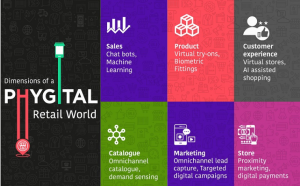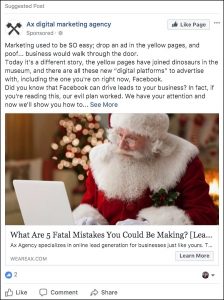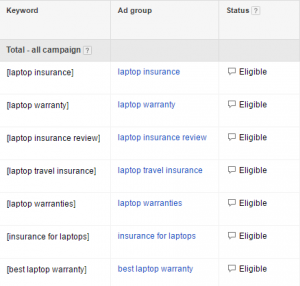
There has been a huge shift in the way search engines and websites deliver content results.
Simple keyword matching has proven to be an ineffective way to provide users with the content they want. The keywords only get at part of what the user needs – the rest is in the context.
To provide a better user experience and to get better results for publishers, advanced technology is now being used to analyze what users are really looking for when they search or come to a site. The technology is being used for both search results and advertising.
Here’s what you need to know about this new intent-based advertising vs. intent-based search:
Intent-Based Search
You may have already noticed a significant change in the results you get when you Google something.
For example, if you Google any terms or phrases related to bed bugs, you are likely to get a lot of results about how to get rid of bed bugs or ads for bed bug exterminators. The reason is that Google thinks if you are searching for information about bed bugs, you likely have a bed bug problem and want solutions for getting rid of them.
This is the heart of intent-based search.
Instead of just looking for content that matches the keywords you are using, Google is trying to discern what you really want. It may rely on past searches and past user behavior to see what has worked best for the average user, or it may rely on information about your online browsing session, such as what other sites you have visited.
The goal is to provide the right content for every single search.
As a publisher, what this means for you is that you need to look beyond simple keyword optimization to get your site noticed and get the traffic you want. Each page should consist of multiple signals indicating what the content provides, including keywords, tags, graphics, images, and more.
This shift also means that you have to think beyond individual pages. Google will evaluate your site as a whole to better understand what you offer. If you have multiple pages around a topic, you will rank better for specific keyword and phrase searches.
Your site should explore multiple aspects of a topic, as well, so that you can become an authoritative source and rank higher for a variety of searches.
Intent-Based Advertising
Intent-based advertising works the same way as search, but it doesn’t have the benefit of input from the consumer.
There are no search terms to use when analyzing what the user wants or needs.
Instead, this advertising model relies on intent-based signals like what sites the user has recently visited and what behaviors they exhibited on those pages. For example, did the person spend a lot of time reading an article and clicking on related articles? Or did the person open the page and leave immediately?
The former indicates that the content provided something of use, while the latter indicates that the content was not the right match.
Looking more closely at these signals lets advertisers know the precise interests of the user.
With that information, publishers and advertisers can deliver the right ads to the right customers for higher click-through rates and conversions.
But how do they do this? There isn’t a person sitting at a computer looking at bits of code and manually selecting an ad to show. That would require split-second execution, and it would require entirely too much time and too many resources.
Instead, publishers and advertisers rely on software that does the computations for them.
For example, In-tag from CodeFuel is a content recommendation tool that relies on user-intent signals. Publishers can use it to generate advertising revenue by promoting sponsored content. The software uses an advanced algorithm to better understand what the user needs, and it automatically inserts links to content and ads tailored to that customer at that moment.
In-tag analyzes and makes decisions in fractions of a second, ensuring that users always have fresh, tailored content waiting for them on every page.
As a publisher, signing up for a service like In-tag means that you can get more exposure for your content with the right audience. As an advertiser, you get more results with less effort. If you use your site to display the recommended content, you can create a strong revenue stream.
Intent-based search and advertising are the way of the future. The algorithms used for these models are like digital assistants ensuring that individual users get the right content each time they visit a site. That’s better for the user, and it’s better for the brands producing the content and the advertising.
Expect to see the algorithms get even more sophisticated over time. You might even start to think that the machines know you better than you know yourself when they deliver content you didn’t even realize you needed!
Business & Finance Articles on Business 2 Community(135)





